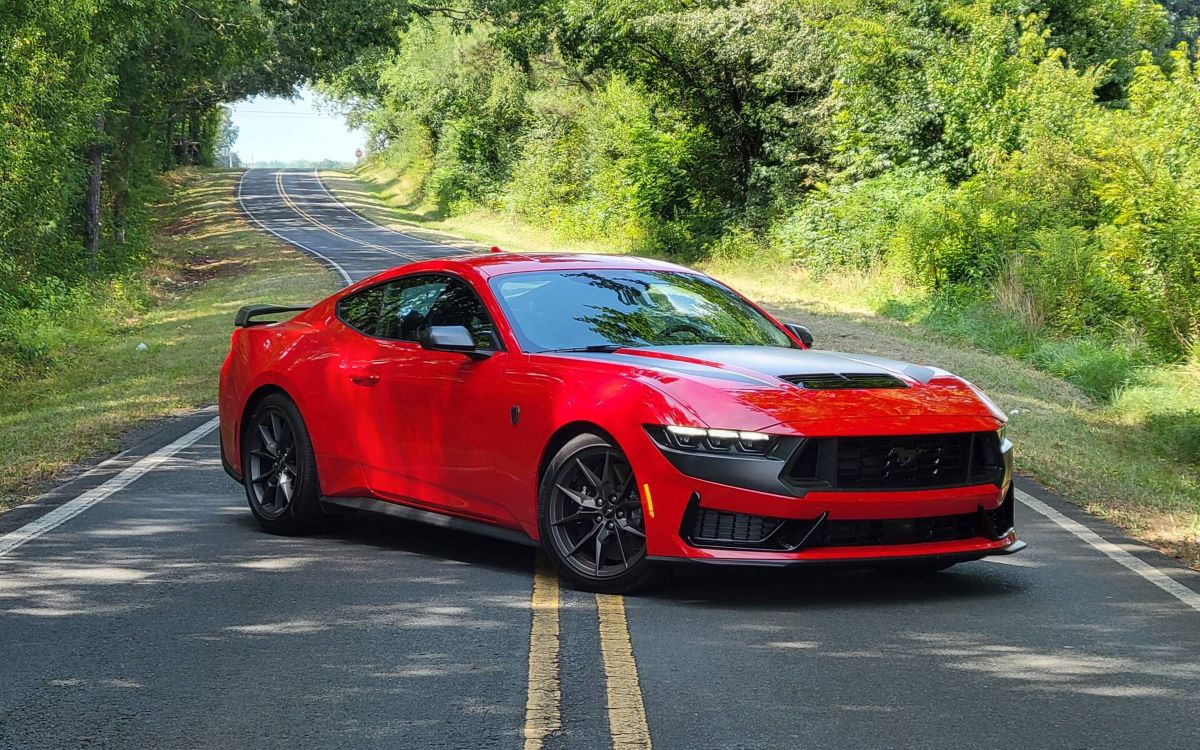Driving on wet roads is a common but often underestimated hazard. Rainwater reduces the friction between tires and pavement, increases stopping distances, and contributes to hydroplaning, when a vehicle’s tires lose contact with the road and ride on a thin layer of water.
For drivers in regions with frequent rainfall or variable weather conditions, the ability of a vehicle to perform well on slick, wet roads is crucial. Yet, not all cars are built the same when it comes to handling wet roadways.
While some are equipped with all-wheel-drive (AWD) systems, high-quality tires, and advanced traction control, others—especially those with rear-wheel drive (RWD) and high torque—can become difficult to manage, even dangerous, when the road gets slick.
Car manufacturers invest heavily in safety technologies like electronic stability control (ESC), anti-lock braking systems (ABS), and refined suspension systems to make their vehicles more roadworthy in poor weather.
But factors such as drivetrain layout, tire quality, weight distribution, and even vehicle height can significantly influence wet-road performance. AWD and front-wheel-drive (FWD) cars typically handle better on wet roads compared to RWD vehicles, which are more prone to fishtailing or spinning out in slick conditions.
This is why sports cars and muscle cars—often equipped with RWD—are more likely to slide unless driven very cautiously or modified with wet-weather tires.
In this article, we’ll examine five cars that are renowned for handling wet roads effectively and five that tend to struggle when faced with rain and puddles. Each section will provide insights into what makes these vehicles succeed or fail in wet conditions, using real-world observations, engineering insights, and safety feature analyses.
Whether you’re buying your next car or just curious about how your current one performs in the rain, understanding the different strengths and weaknesses of these vehicles can help you drive more safely and confidently.
Also Read: 10 Best and 10 Worst Cars for Cold Climates & Harsh Climate
Cars That Handle Wet Roads Well
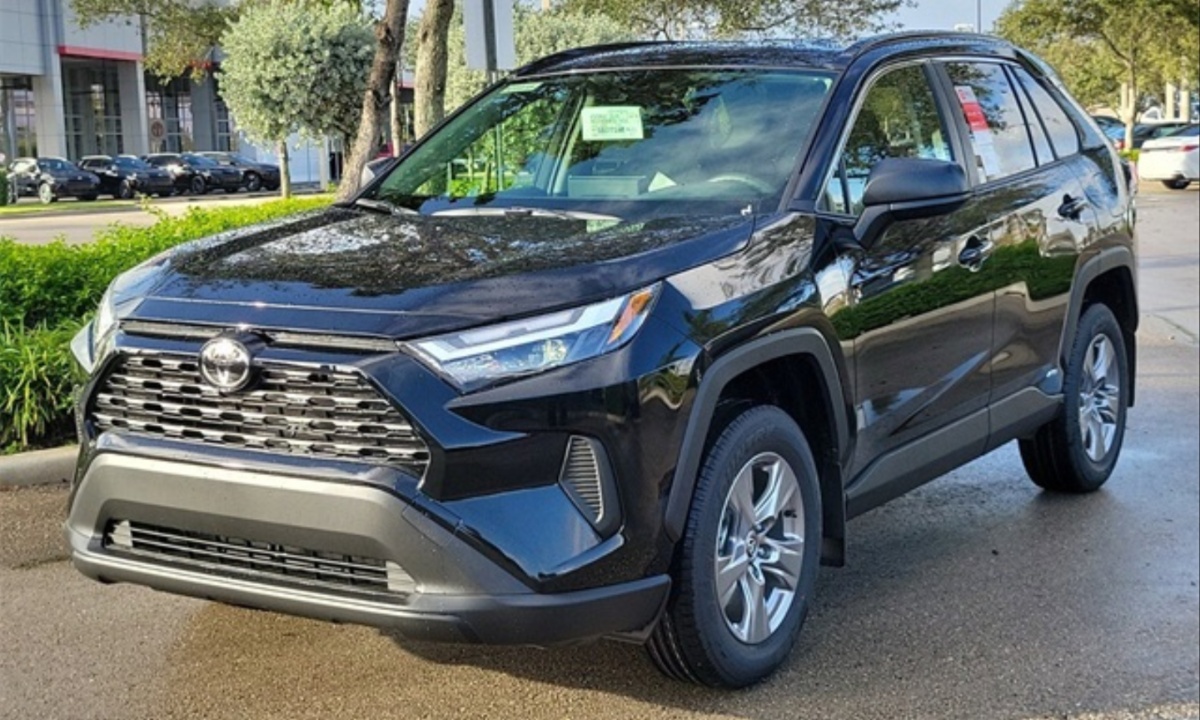
Toyota RAV4 AWD
The Toyota RAV4 is one of the most popular compact SUVs in the world, and for good reason. Its reputation for reliability, comfort, and fuel efficiency is well-established, but it also shines when it comes to wet-weather performance.
The RAV4 AWD models are equipped with a Dynamic Torque Control All-Wheel Drive system that intelligently distributes power between the front and rear wheels to maintain traction. In wet conditions, this system becomes especially valuable, as it reduces the chances of wheel slippage and improves handling stability.
It can also direct torque to individual wheels during cornering or acceleration to help maintain grip, a feature typically found in more premium vehicles.
The RAV4 also features Toyota’s advanced safety suite—Toyota Safety Sense 2.5+—which includes technologies such as Lane Departure Alert with Steering Assist, Pre-Collision System with Pedestrian Detection, and Dynamic Radar Cruise Control. In rainy weather, when visibility and reaction time may be compromised, these systems help support safer driving.
Additionally, features like rain-sensing wipers and Electronic Brake-force Distribution (EBD) contribute to maintaining optimal performance on slick roads. EBD ensures that braking force is distributed appropriately between the front and rear wheels depending on load conditions, which helps prevent skidding or imbalance during hard braking.
Beyond its technical prowess, the RAV4 is built with the real world in mind. Its higher ground clearance compared to sedans gives drivers more confidence when driving through large puddles or over debris during heavy rainstorms.
Its well-tuned suspension and steering provide a planted and composed feel, even during emergency maneuvers in the wet. While it may not have the performance edge of luxury brands or rally-bred systems like Subaru’s, the RAV4 remains a top choice for those wanting a capable, safe, and affordable vehicle that performs reliably in rainy conditions.
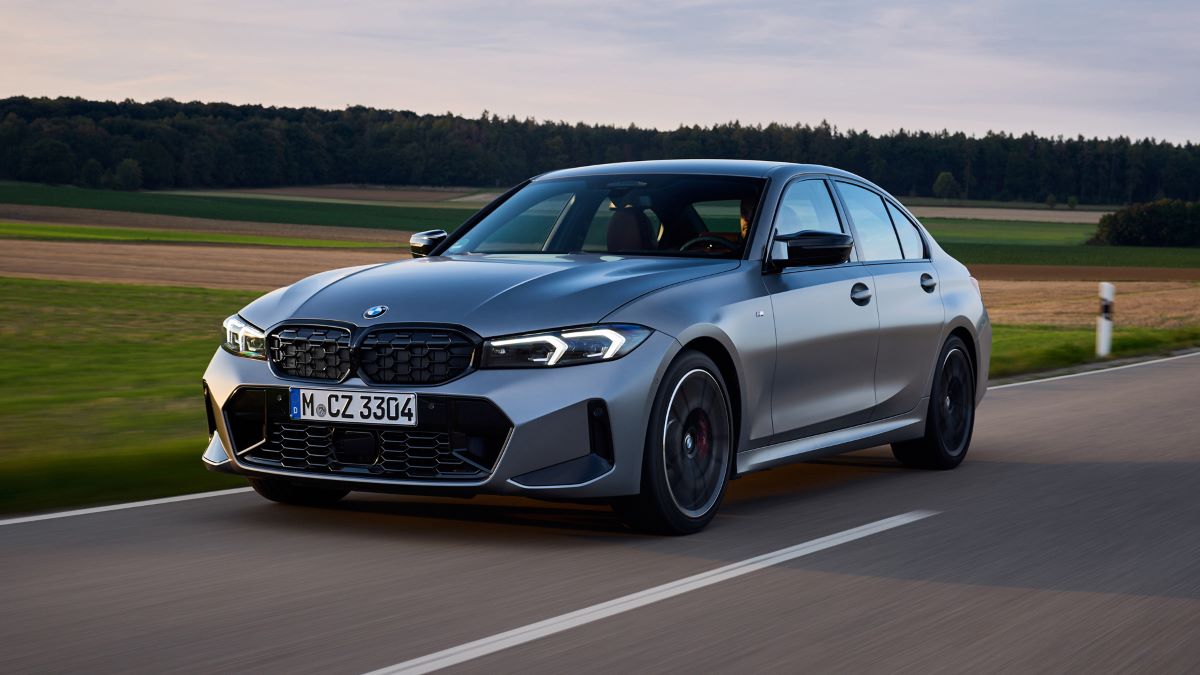
BMW 3 Series xDrive
The BMW 3 Series has long been known as the benchmark for driving enthusiasts in the compact luxury sedan segment. But when equipped with BMW’s xDrive all-wheel-drive system, it transforms from a dynamic sport sedan into a capable all-weather warrior.
xDrive is BMW’s intelligent AWD system that continuously monitors road conditions and redistributes torque between the front and rear axles to maximize traction. In wet conditions, xDrive reacts quickly to loss of grip, helping to keep the car stable during sudden stops, quick acceleration, or tight cornering.
One of the key strengths of the 3 Series is its exceptional chassis balance. With a near 50/50 weight distribution and a low center of gravity, the car offers outstanding stability even before electronic aids come into play.
The suspension system is finely tuned to soak up road imperfections without sacrificing road feel, which is crucial on wet and uneven pavement.
The xDrive-equipped versions retain the responsive and agile handling BMW is known for, but with the added security of AWD, which inspires more confidence when driving in inclement weather.
Driver assistance technologies also play a major role in wet-road safety for the 3 Series. Features like Dynamic Stability Control (DSC), Cornering Brake Control (CBC), and Automatic Emergency Braking provide active support in dangerous situations. BMW also offers variable sport steering and adaptive dampers, which adjust based on road and weather conditions.
This level of control and predictability makes the 3 Series xDrive not only a joy to drive but also a dependable option in challenging weather. It combines European driving dynamics with modern AWD sophistication to make wet-weather driving both safe and engaging.
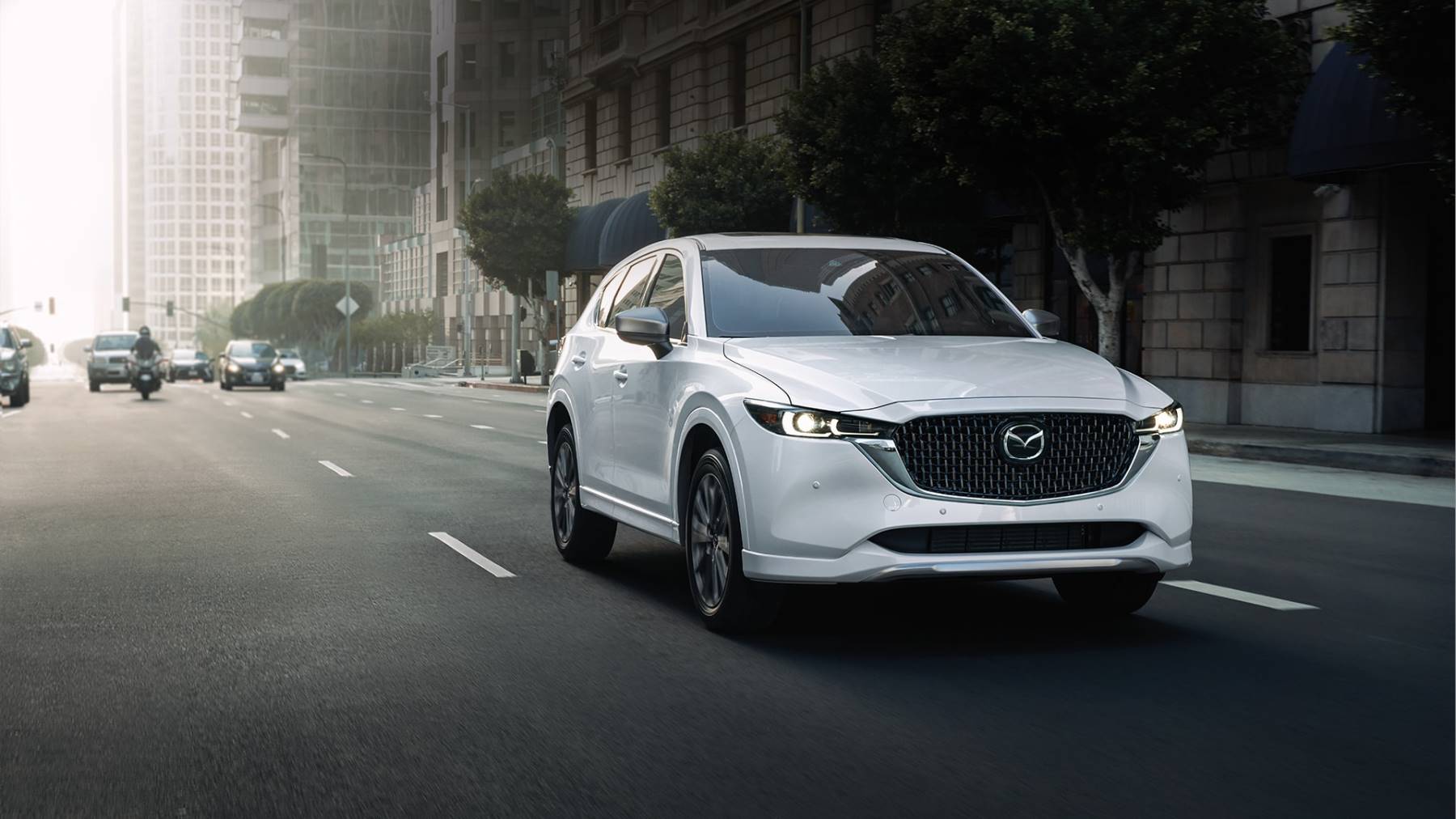
Mazda CX-5 AWD
The Mazda CX-5 stands out in the crowded compact SUV market not just for its striking design and upscale interior, but also for its refined all-wheel-drive system that performs remarkably well in wet and slippery conditions.
Mazda’s i-Activ AWD is more than a reactive system; it uses 27 sensors to monitor everything from outside temperature to steering input, predicting when and where traction loss might occur. By proactively adjusting torque distribution, it keeps the CX-5 stable and composed even on slick roads and during sudden downpours.
What makes the CX-5 particularly compelling in wet weather is its G-Vectoring Control Plus (GVC+), a system that adjusts engine torque and applies subtle braking force to individual wheels for better cornering and stability. When roads are wet, GVC+ enhances driver control by improving weight distribution and reducing understeer.
It gives the driver a sense of predictability when turning, braking, or accelerating, making the vehicle easier to manage under adverse conditions. This contributes to a very composed and smooth driving experience that feels confident even when traction is compromised.
On top of its mechanical advantages, the CX-5 is equipped with i-Activsense safety technologies, which include advanced features like Smart City Brake Support, Lane Departure Warning, and Blind Spot Monitoring.
These systems become even more valuable in poor visibility and slick conditions, providing a layer of automated support when human reaction times might lag. The cabin is also insulated and quiet, making rainy-day drives less stressful. The CX-5 blends sophisticated AWD engineering with premium driving dynamics and a suite of safety features that make it one of the top-performing vehicles in the rain.
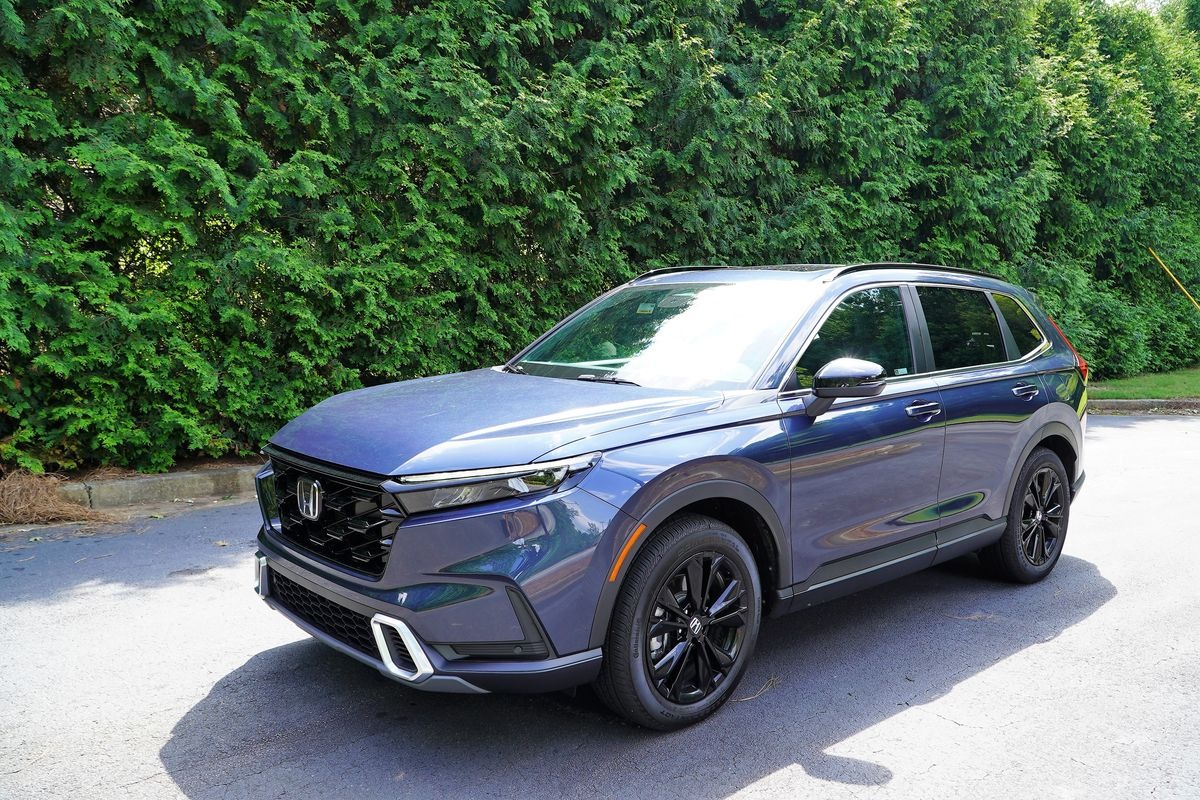
Honda CR-V AWD
The Honda CR-V has long been one of the best-selling SUVs in the world, known for its versatility, comfort, and excellent fuel economy. When equipped with Real Time AWD with Intelligent Control System, it becomes a highly capable wet-weather vehicle.
Unlike older AWD systems that wait for slippage before engaging, Honda’s system anticipates changes in traction and distributes torque proactively. In wet or slippery conditions, this means power is delivered to the wheels that need it most—before loss of grip occurs, helping the CR-V maintain composure on the road.
The CR-V’s driving dynamics are carefully engineered for real-world conditions, and its performance in wet weather is enhanced by features like Hill Start Assist, Brake Assist, and Vehicle Stability Assist (VSA) with Traction Control. These systems work together to provide enhanced driver control during sudden stops or abrupt maneuvers on slick roads.
The CR-V also comes with high-quality all-season tires as standard, which are optimized for a balance of dry and wet performance, helping reduce hydroplaning risk and improving braking distances in the rain.
Comfort and visibility are also top priorities in the CR-V, contributing to safer driving during storms. With large windows, heated side mirrors, and available rain-sensing wipers, the vehicle ensures the driver has clear visibility even during heavy rainfall.
Inside, the user-friendly infotainment system and ergonomic layout reduce distraction, while features like Adaptive Cruise Control and Lane Keeping Assist offer valuable support in stop-and-go traffic or long highway drives. For families or commuters who frequently drive in wet weather, the CR-V provides a smart blend of safety, utility, and AWD performance.
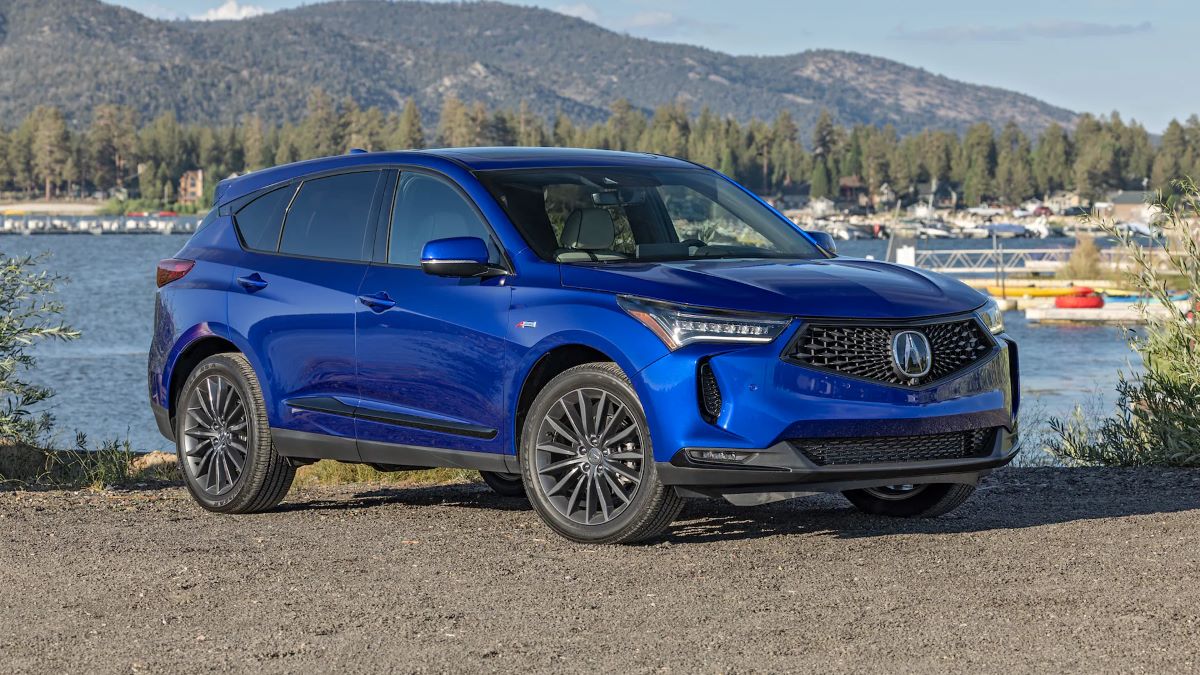
Acura RDX SH-AWD
The Acura RDX, a luxury compact SUV, features one of the most advanced all-wheel-drive systems in its class: Super Handling All-Wheel Drive (SH-AWD). This system doesn’t just split power between the front and rear axles—it also shifts torque between the rear wheels to improve cornering and grip on wet surfaces.
In adverse conditions like rain-soaked highways or slippery urban streets, SH-AWD works seamlessly to keep the vehicle pointed in the right direction, reducing understeer and enhancing control. This kind of precision torque management is typically reserved for high-performance vehicles, making the RDX stand out.
In addition to its innovative drivetrain, the RDX also benefits from a sport-tuned suspension and accurate, responsive steering. These components work in harmony to offer a ride that feels planted and secure, even when road conditions are far from ideal.
The combination of a rigid chassis and an advanced AWD system allows the RDX to remain agile in the wet without feeling twitchy or unstable. Drivers can confidently navigate sharp curves or evasive maneuvers without the fear of losing control, a testament to the vehicle’s thoughtful engineering.
Acura also integrates a robust suite of driver-assist features under the AcuraWatch banner. These include Collision Mitigation Braking System (CMBS), Road Departure Mitigation, and Adaptive Cruise Control with Low-Speed Follow. In wet weather, these features act as an extra set of eyes and reflexes, reducing the likelihood of accidents when visibility and traction are reduced.
With luxury-grade comfort, cutting-edge AWD performance, and safety technologies that perform when it matters most, the Acura RDX is a premium choice for drivers who prioritize confidence and control in all weather conditions.
Cars That Slide Easily in Wet Conditions
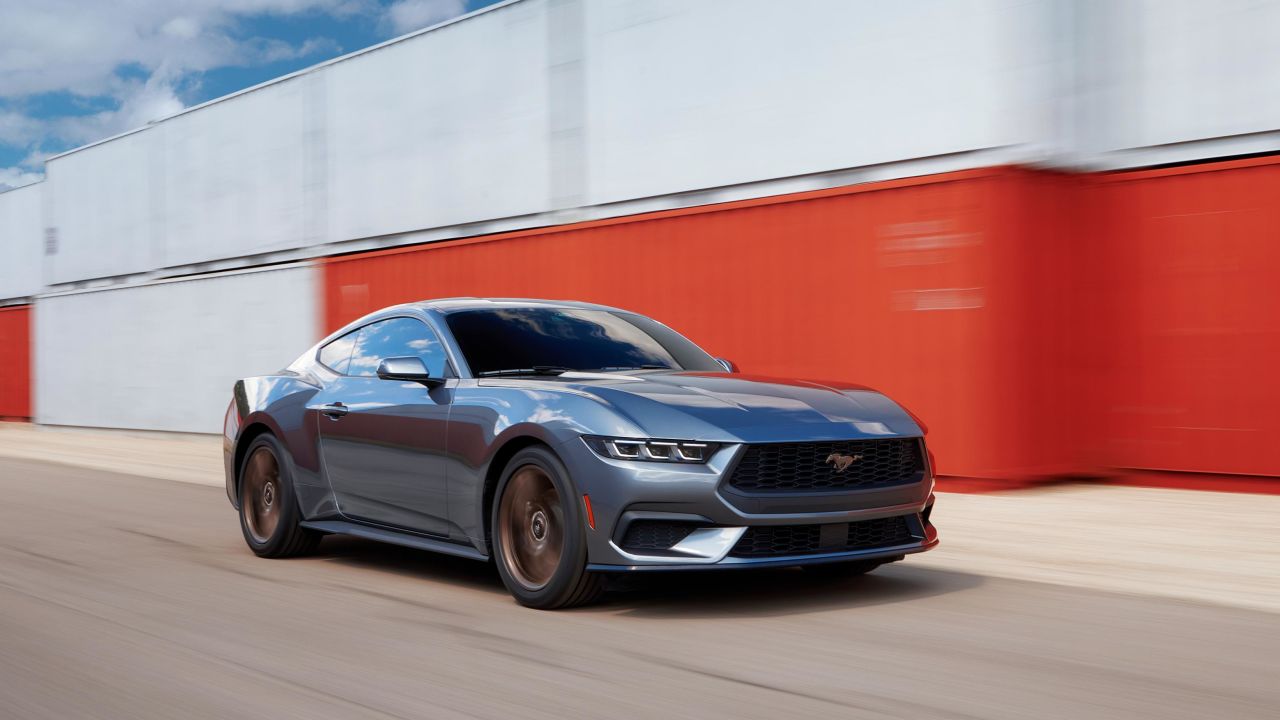
Ford Mustang (RWD)
While the Ford Mustang is a beloved icon of American muscle, it’s not known for being the best in wet-weather conditions. One of the primary reasons for its struggle is its rear-wheel-drive layout combined with a high torque output. When roads are dry, this formula produces exhilarating acceleration and tail-happy handling.
But in the rain, that same setup makes it prone to oversteer, fishtailing, and even complete loss of traction if the throttle is applied too aggressively. Many drivers unfamiliar with the dynamics of RWD can find themselves in trouble quickly during wet conditions.
In addition to its layout, the Mustang often comes equipped with performance summer tires, especially in GT or performance trims. These tires are designed to maximize grip on dry asphalt but provide minimal traction on wet or cold surfaces.
Unless you swap them out for all-season or wet-weather tires, you’re significantly increasing your chances of sliding or hydroplaning. The Mustang also tends to be lighter in the rear end compared to the front, which contributes to less traction over the drive wheels during rain, compounding the handling issues.
Ford has included various traction control systems and selectable drive modes in newer Mustang models, which can help mitigate some of the wet-weather issues. However, these systems can only go so far in preventing wheel spin or slide-outs.
The Mustang’s dynamic character is built around dry-road performance and spirited driving, not wet-weather stability. Drivers should be especially cautious when piloting this car in heavy rain, as the line between fun and frightening can be crossed quickly.
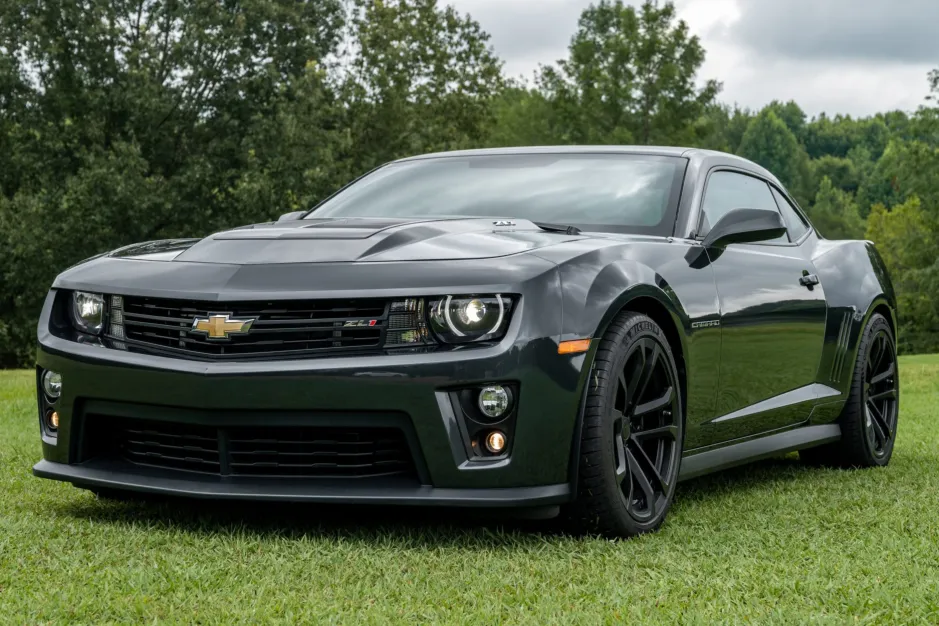
Chevrolet Camaro
Like the Ford Mustang, the Chevrolet Camaro is another rear-wheel-drive sports car that excels in dry conditions but can struggle on wet roads. The Camaro’s performance-oriented chassis and engine output make it thrilling on a sunny day, but its handling becomes more challenging when the road is slick.
Rear-wheel drive means that power is sent to the rear wheels, and when traction is low, the result is often wheel spin or a loss of rear-end control. Aggressive driving or sudden throttle application in the rain can lead to oversteering, which can be hard to correct, especially for inexperienced drivers.
Another contributing factor to the Camaro’s wet-road issues is its low ride height and wide performance tires. The combination makes hydroplaning more likely, especially if the tires are worn or not rated for all-season driving.
While some trims come with optional all-season tires, many owners prioritize performance rubber that simply doesn’t perform well in wet conditions. Additionally, the Camaro’s stiff suspension, while ideal for cornering precision, doesn’t absorb water-induced bumps or slick spots well, making for a jittery and unpredictable ride during rainstorms.
To its credit, the Camaro does feature driver aids like traction control, stability control, and performance data tracking that can help mitigate some of the wet-road risks.
However, the laws of physics still apply, and even the best electronic systems can’t completely counteract the inherent instability of a powerful RWD car on a wet surface. For those who live in rainy climates, the Camaro may not be the most practical daily driver, especially without careful tire selection and cautious driving habits.
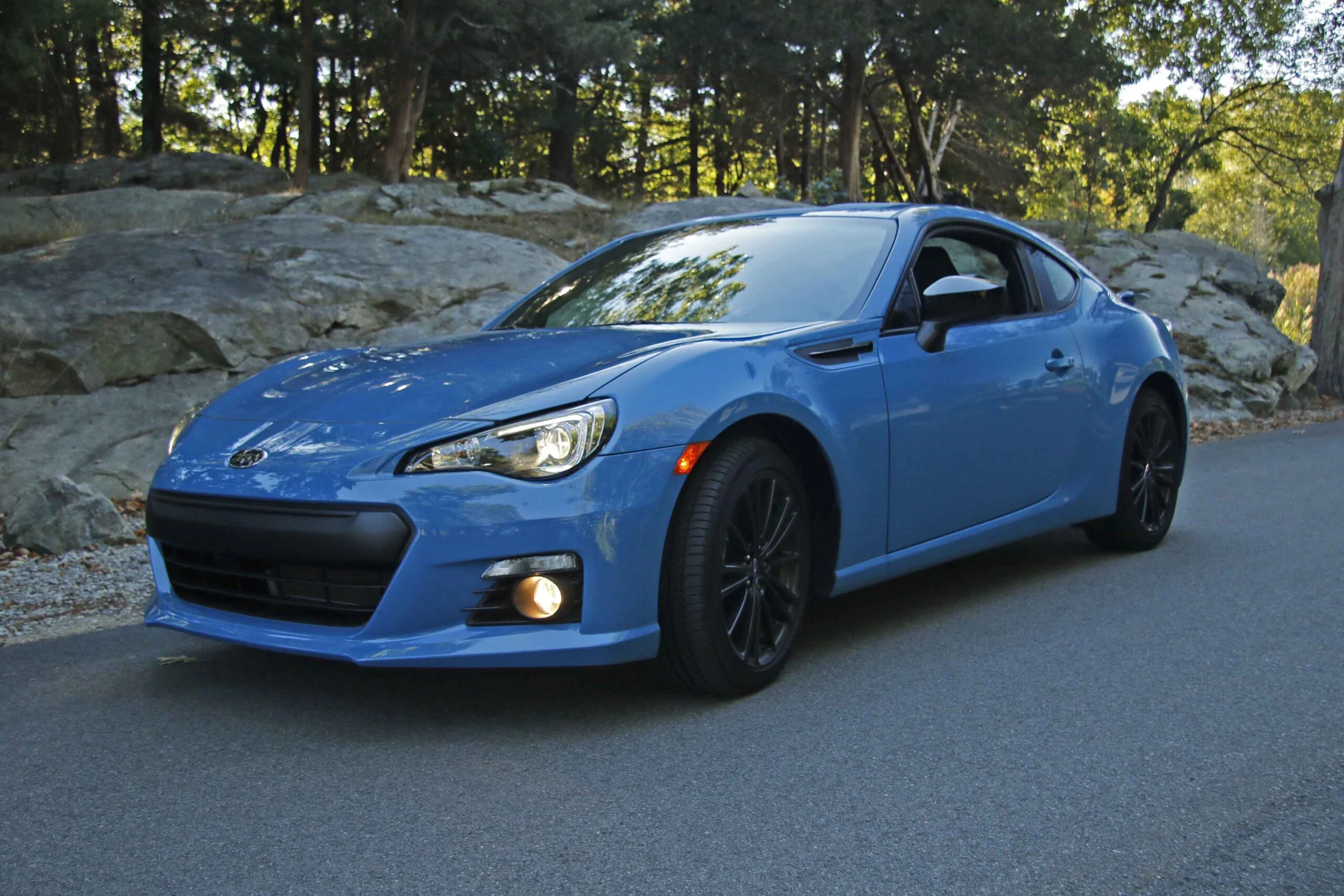
Toyota 86 / Subaru BRZ
The Toyota 86 and Subaru BRZ twins are compact sports coupes designed with pure driving enjoyment in mind, featuring a lightweight chassis and rear-wheel-drive configuration. While this layout makes them nimble and responsive on dry roads, it becomes a significant drawback when the pavement is wet.
The BRZ/86’s low curb weight and lack of AWD or traction-heavy systems make them more susceptible to losing grip during rain. Even with modest horsepower compared to muscle cars, their balance-focused setup and RWD can lead to frequent oversteer if the driver isn’t careful.
Another challenge is the factory tire setup. Both the 86 and BRZ famously ship with low-grip tires that are closer to those found on eco-cars than performance vehicles. While this was an intentional design choice to allow for playful driving and slide-friendly dynamics, it becomes a serious issue on wet roads.
These tires offer limited grip even in dry conditions, so when water is introduced, they provide very little resistance to skidding. Unless owners switch to higher-quality all-season or wet-specific tires, the vehicle’s tendency to slide increases dramatically.
Moreover, the BRZ and 86 have relatively basic traction control systems compared to more expensive sports cars. While the driver aids can help reduce wheel spin, they are not sophisticated enough to fully correct sudden loss of traction or unpredictable handling caused by rain-slicked surfaces.
These cars are immensely fun in controlled conditions or on dry tracks, but they demand respect and cautious driving in adverse weather. For new or inexperienced drivers, especially those caught in sudden downpours, the BRZ/86 might prove a bit too lively and unforgiving on wet roads.
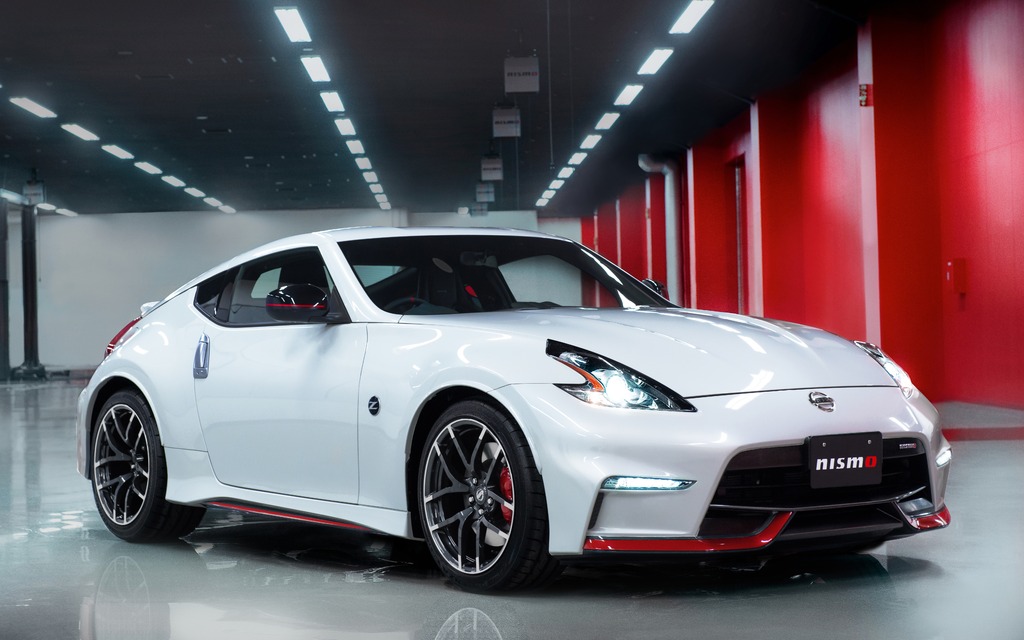
Nissan 370Z
The Nissan 370Z is another rear-wheel-drive sports car that delivers strong performance on dry roads but becomes a bit of a handful in the rain. With a powerful V6 engine under the hood and a chassis tuned for agility, the 370Z encourages spirited driving.
However, the same factors that make it a joy on dry pavement—like sharp throttle response, stiff suspension, and rear-wheel power delivery—also contribute to poor performance on wet surfaces. The car has a short wheelbase, which enhances agility but makes it less stable when traction is compromised.
Many 370Z models come fitted with performance summer tires that do little to help in wet weather. These tires are designed for maximum grip in dry conditions but have shallow tread patterns that are less effective at dispersing water. This increases the likelihood of hydroplaning, especially at highway speeds or during heavy rainfall.
Without sufficient grip, the 370Z can become prone to tail slides and sudden snap oversteer, even when the driver is not aggressively accelerating or cornering.
While the car does feature standard stability and traction control systems, they are not as refined or advanced as those found in newer performance vehicles. In challenging weather, drivers often find themselves relying more on skill and experience than on electronic aids.
The 370Z is undeniably fun to drive in the right conditions, but it’s far from ideal for those living in wet climates. Proper tire selection and conservative driving are essential for keeping this sports coupe under control when rain hits the road.
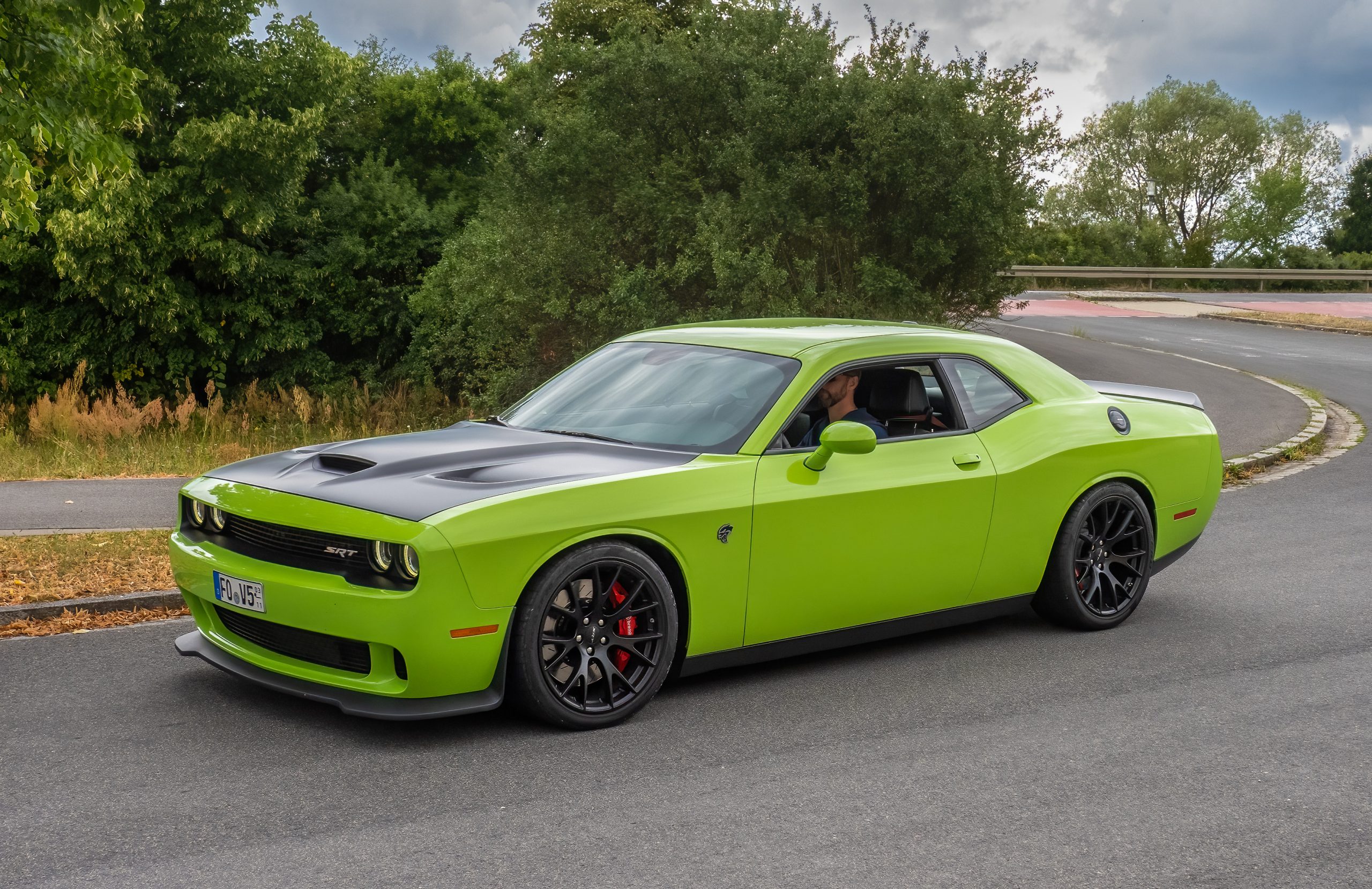
Dodge Challenger
The Dodge Challenger, particularly in its more powerful trims like the R/T and Hellcat, is one of the most notorious muscle cars for struggling in wet weather. This is largely due to its immense horsepower, heavy weight, and rear-wheel-drive layout.
Even in dry conditions, applying too much throttle can cause the rear tires to break loose. In the rain, this issue is amplified. The Challenger’s large and powerful engine produces an overwhelming amount of torque that can easily overwhelm rear tires, especially during acceleration or while cornering.
Unlike some of its rivals that offer AWD variants (like the Charger), most Challenger trims remain rear-wheel drive only. While AWD versions do exist, they are less common and typically restricted to V6 models, which don’t offer the same muscle car appeal as the V8-powered variants.
This means many owners are left navigating poor weather with an inherently unstable platform. The sheer size and weight of the vehicle also make it less agile in emergency maneuvers, which can be particularly dangerous when grip is already compromised by wet pavement.
The Challenger does come equipped with electronic stability control and traction systems, but as with other RWD cars, these can only help to a point. Once the car starts to slide, its mass and momentum can make it very difficult to correct.
Drivers must be extremely cautious during rainy conditions and should consider investing in high-quality all-season or wet-weather tires. In the end, the Challenger is a brute of a car that shines in straight-line dry-road performance but becomes unpredictable and challenging to control when roads turn slick.
Also Read: 10 Best Cars That Balance Horsepower With Long-Term Value
Wet-road driving presents a unique challenge that varies greatly depending on the type of vehicle you’re driving. As we’ve explored, factors like drivetrain layout, tire selection, weight distribution, and electronic safety systems all play a significant role in determining how a car behaves when the pavement is slippery.
Vehicles like the Subaru Outback, Audi A4 Quattro, and Volvo XC90 come equipped with advanced AWD systems and intelligent safety technologies that offer superior grip and control in wet weather. These features help drivers maintain stability and confidence, even when facing the unpredictability of rain-soaked roads.
They are excellent choices for anyone living in regions where rainfall is frequent or where sudden weather changes are common.
On the flip side, performance cars like the Ford Mustang, Chevrolet Camaro, and Nissan 370Z may provide an exhilarating ride in perfect conditions, but they can quickly become dangerous on wet roads due to their rear-wheel-drive configurations and power-biased engineering.
Their high torque outputs and often suboptimal tire setups make them prone to sliding, hydroplaning, and oversteering. Even experienced drivers can struggle to maintain control in these conditions, especially if their vehicle lacks modern or adaptive electronic aids.
It’s not that these cars are inherently flawed—they are just built with different priorities that don’t include wet-road safety at the top of the list. The key takeaway is that understanding your vehicle’s strengths and weaknesses in different driving conditions is essential for safety.
Whether you’re shopping for a new car or just learning more about your current one, being informed about how it performs in the rain can help you prepare, drive smarter, and avoid accidents. If wet-weather performance is a priority for you, leaning toward AWD vehicles with solid safety reputations is a smart move.
On the other hand, if you own a RWD sports car, cautious driving and the right tires can go a long way in compensating for its rain-day shortcomings. Either way, knowledge and preparation are your best defenses against the hazards of wet roads.

